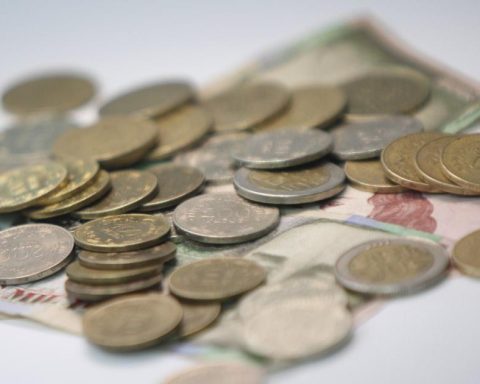The expectation of what will happen to health in Colombia has received different perceptions from experts, citizens, and sector officials.
(Will the face mask be used again in Bogotá? This is what the mayor said).
Within the framework of the seminar “The future of the Colombian health system: criteria for a reform”, organized by the Center for Economic Studies Anif and Fedesarrollo and held towards the end of last week, the different perspectives and challenges that has the system in the country.
At first, the Vice Minister of Social Protection, Luis Alberto Saldarriaga, presented the different challenges facing the sector, among which he highlighted the weak health authority at the national level, the segmentation of the population according to ability to pay, the fragmentation of the provision of health services, the automation of resources “which facilitates waste”, the guarantee of the right to health limited by financial sustainability. among others.
For his part, the official assured that “one of the main challenges is, how we are going to transform the health system prioritizing the guarantee of the right for citizens”. Similarly, he urged “the curative approach that our current health system has violates human dignity.”
(The products that have become more expensive in the family basket).
For his part, the official assured that “one of the main challenges is how we are going to transform the health system, prioritizing the guarantee of the right for citizens.” Similarly, he urged “the curative approach that our current health system has violates human dignity.”
Regarding national coverage, the deputy minister stated that this represents one of the country’s greatest achievements, reaching 98.81%.
However, he stated that the participation of insurance is 87%, 10% is part of public health. Among others, the official assured that “the sale of services brings with it legal and administrative barriers that hinder access, opportunity and continuity in patient care is key.”
In turn, Luis Fernando Mejía, executive director of Fedesarrollo, spoke about the financial sustainability of the sector, where he stated that “Colombia has been increasing spending on health and also life expectancy, however, he specified that this is less than their spending peers.
In his presentation, Mejía recalled how the different sources of income in the health sector in the country are made up. “The main sources of income for the sector are government transfers and contributions from the contributory regime. Public spending on health will remain on average at 5.4% of GDP,” he said.
Mauricio Santamaría, president of the Anif Center for Economic Studies, assured in his presentation on the achievements of the health system that “I am concerned that when we return to a system of service offers, the money will not reach and thus the objective that points to the efficiency of providing a better service is not achieved”.
In addition, the executive stated that to guarantee the rights of patients, resources are needed and that the own resources to access are minimal and the current health system is opportune.
Diana K. Rodriguez T.
BRIEFCASE

















